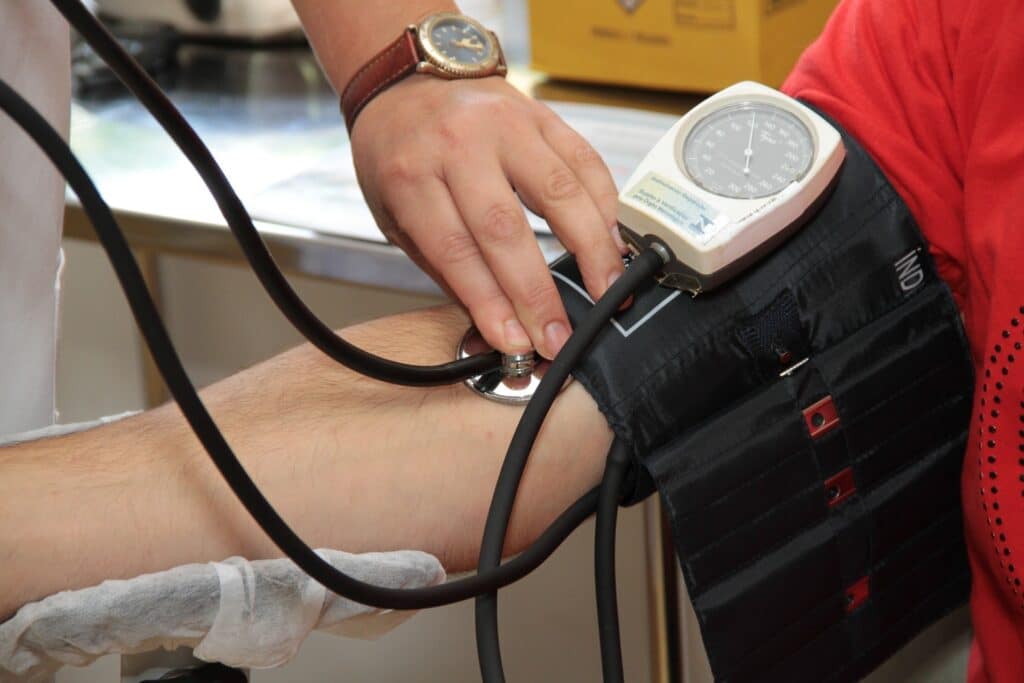Methadone is an effective medication that improves patients’ health and quality of life. Medication-assisted treatment has saved the lives of many people battling drug addiction and opioid use disorders. However, there are controversies about the side effects of this medication. One of them is the connection between high blood pressure and methadone. While the use of this drug may have an effect on certain organs in the body, there’s little evidence of methadone causing high blood pressure in patients that use it. The following information will help you gain a better understanding of what methadone is and how it should be used.
What Is Methadone?
Methadone is a pain-relieving opioid medication. Opioids help relieve pain by acting on the opioid receptors in the brain. Methadone is a medication proven to help individuals deal with withdrawal symptoms that can occur when recovering from drug addiction and opiate use disorders.
How Methadone Works
Methadone relieves the side effects of other opioid drugs like heroin by attaching to the receptors in the brain, successfully eliminating the painful effects of withdrawal. HOwever, methadone stays in the body longer much longer than heroin and other opioids, and when a therapeutic dose is taken, it doesn’t create the same psychoactive effect.
High Blood Pressure and Methadone
Research on the hemodynamic effects of methadone has not revealed any relationship between methadone and high blood pressure (HBP). However, a study on the effect of methadone on the heart showed that overdosing caused a drop in blood pressure. If too much methadone is taken, it could also cause an abnormal heart rhythm, so it’s important for patients to share any history of heart related health issues with their medical provider. If a patient takes any medication for their heart or to regulate blood pressure, this should also be shared with their physician.
How to Use Methadone
Always use methadone the way your healthcare provider prescribed it to you. Don’t take more than the prescribed amount, and don’t take it for a longer period than recommended. Carefully follow all instructions from your healthcare provider and let them know if you no longer experience relief of your symptoms or feel that the dose is too high.
When you receive methadone during a medication-assisted recovery program for substance abuse or drug addiction, your medication comes from a clinic or registered pharmacy and is taken onsite everyday when you begin treatment. Over time, you may earn take home medication, limiting the trips to the treatment program.
What Should You Avoid While Taking Methadone?
To ensure methadone works as it should and you don’t experience potentially life-threatening side effects, be sure to keep these things in mind:
- Stay away from alcohol. Methadone can aggravate the intoxicating effects of alcohol. So, take a careful look at all medicine, food and drink labels to ensure they don’t contain any alcohol.
- Don’t operate machinery. Since this medication can affect your reaction time and cognitive abilities, you shouldn’t operate machinery or drive a vehicle until you’re sure that this medication won’t have any adverse effect on your thinking.
- Avoid using other pain relievers and benzodiazepines. Using narcotic pain-relieving medications, sleeping pills, tranquilizers, and muscle relaxers that can induce sleep or reduce your breathing rate can be quite dangerous. Anti-anxiety medication such as Xanax can also be very dangerous when taken by someone on a methadone maintenance program.
Contact Your Local BAART Program Center
At BAART Program Treatment Centers, we offer medication-assisted treatment for opioid use disorder. We’ll help you or your family member recover from opioid drug addiction and live a fulfilled life. Contact us today via our online contact form or give us a call at 844.341.4040 to book an appointment.



